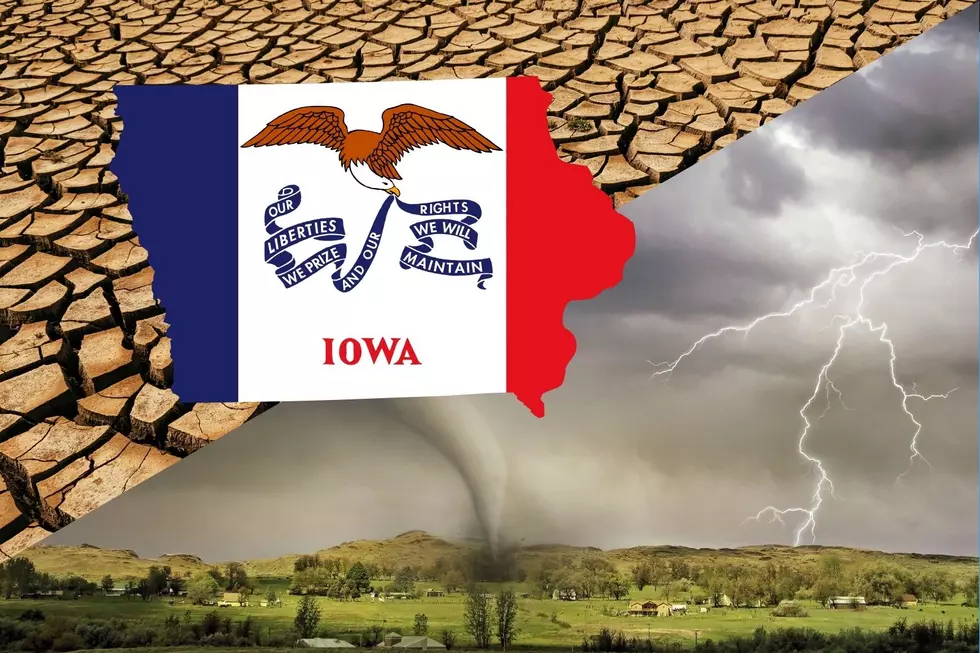
Recent Iowa Weather Patterns Double Edge Sword for Farmers
Here we stand yet again in a slightly precarious spot: trying to be happy for the rain we so desperately needed, while not losing our minds about being stuck on the couch. The same can be said for farmers who are loving the fact that some good ground watering was necessary to get through this next season. However, if you can’t get your seeds into the ground, it makes it pretty difficult to get growing.
Yes, each year Iowa's farmers are locked in the do or don't dance with the weather, battling against both the elements and the clock to ensure bountiful harvests for the year ahead. Recent reports from the U.S. Department of Agriculture (USDA) paint a vivid picture of the challenges faced by these stewards of the land, as they grapple with wet fields and, at best, unpredictable conditions.
According to the USDA, corn planting in Iowa had been progressing ahead of the five-year average in April, promising a strong start to the season. However, a deluge of rain last week brought planting to a grinding halt, leaving farmers lagging behind schedule. With a statewide average of 2.23 inches of precipitation—double the usual amount for this time of year—many fields have become waterlogged, impeding planting efforts.
Agronomists with Iowa State University Extension have noted that the rains have effectively halted planting for most farmers. The window for optimal corn planting in Iowa is narrow, spanning from mid-April to mid-May, with yields diminishing rapidly thereafter. Planting in overly wet soil delays progress and risks stunting growth and reducing yields—a sobering reality for farmers already facing tight margins and now, unfavorable conditions.

Fortunately, there's a glimmer of hope on the horizon. The National Weather Service predicts a respite from major storms in the coming week, offering a potential window, however small, for farmers to resume planting operations. While temperatures are expected to hover around average for the rest of the week, they are projected to rise into the following week, providing favorable conditions for fieldwork and seed germination.
Current Iowa Drought Map.
Yet, the challenges posed by Iowa's weather extend beyond the immediate concerns of planting delays. Drought conditions have cast a shadow over the region in recent years, threatening agricultural productivity and water resources. Despite improvements brought about by recent rains, the specter of drought still looms large. The latest area of concern has been flash droughts. This transition from drought to flood and back again within a short period has become a recurring pattern and exacerbates the unpredictability faced by farmers today.

The resilience of Iowa's agricultural sector should never be underestimated. Our farmers are pure grit and determination and will seize any opportunity to return to the fields (trust me, I know first-hand). Their experience and resourcefulness, coupled with advancements in farming technology, have equipped them to make the most of favorable conditions, adapt to the challenges presented by nature, and still continually outperform most yield estimates.
Drought graph dating 2010 to the current year.
As Iowa navigates this delicate balance between too much and too little precipitation, the well-being of its farmers and the security of our nation's food supply hang in the balance. The recent fluctuations in weather serve as a reminder that, in the heartland, resilience is not just a virtue, but a necessity for living here.
LOOK: The most expensive weather and climate disasters in recent decades
Gallery Credit: KATELYN LEBOFF
LOOK: The most extreme temperatures in the history of every state
Gallery Credit: Anuradha Varanasi


